Astronomy Photographer of the Year 2016
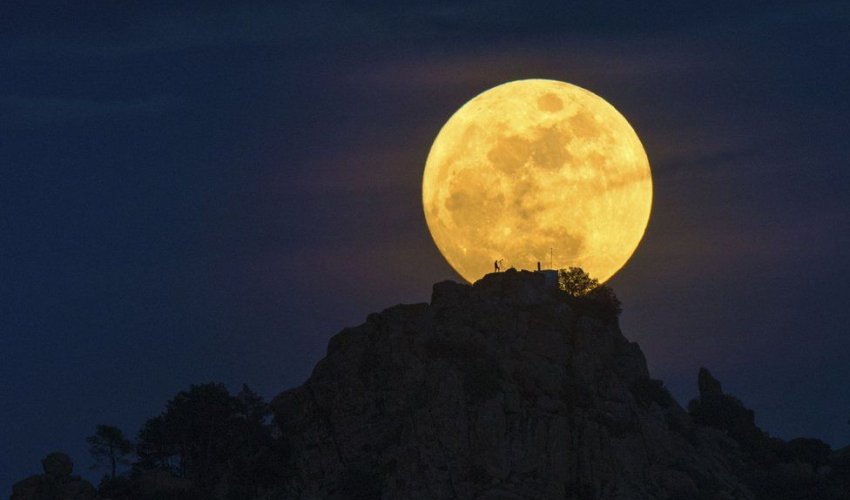
The winning images from this year's Astronomy Photographer of the Year have been announced.
Our Sun
Chinese photographer Yu Jun's picture of Baily's beads won him both the Our Sun category and the overall award, Insight Astronomy Photographer of the Year 2016.
Baily's beads come from the specks of light that appear around the Moon during a total eclipse of the Sun, a phenomenon first explained by 19th Century astronomer Francis Baily.
Yu Jun's picture is a multiple exposure, capturing the Sun during the stages of a total solar eclipse as seen from Luwuk, Indonesia.
"This is an eclipse as you have never quite seen it before," said one of the competition's judges, Dr Marek Kukula.
With more than 4,000 entries, Dr Kukula said this year they had been looking for out-of-the-ordinary images that pushed the boundaries of photography.
The runner-up in this section was also a composite image.
Taken by Caitlin Beldea and processed by Alson Wong, Sun Flower Corona uses 12 images to convey the beauty of an eclipse.
Dr Kukula said this effect, could only have been revealed by this clever use of the camera.
Aurorae
The winner of the Aurorae category, Gyorgy Soponyai's Twilight Aurora, shows the aurora borealis in Svalbard, Norway, during a total eclipse.
The judges said there was tendency when photographing the aurora to emphasise deep colour, especially the greens, so this picture stood out because of its more subtle tones.
Galaxies
The judges liked the way Nicolas Outters's M94: Deep Space Halo - taken through a telescope, using a 20 minute exposure - caught all the regions of the distant spiral galaxy, from the bright centre to the darker regions on the edge.
"The process was very difficult to do, and the challenge was to show all the small galaxies on the background," said Outters.
Ignacio Diaz Bobillo's Towards the Small Magellanic Cloud was also shot through a telescope, but with a five-hour exposure.
He stitched together a number of pictures to obtain the high-resolution image, revealing the stars and far away clusters in the dwarf galaxy.
Our Moon
A detailed view of the lunar landscape by Jordi Delpeix Borrell won the Our Moon section.
Taken through a 14in (35cm) telescope, From Maurolycus to Moretus comprises a stack of images.
"The photographer focused in on an area of the Moon that has been hammered by impacts over billions of years, pockmarked by craters within craters," said Dr Kukula, to create a technically brilliant and dynamic image.
In contrast, the runner-up, Katherine Young's Rise Lunation, is made up of just one frame and has no post-processing.
It is the Moon just rising, seen through thick layers of the Earth's atmosphere, distorting the air with only the red part of the spectrum reaching the camera.
(BBC)













www.ann.az


























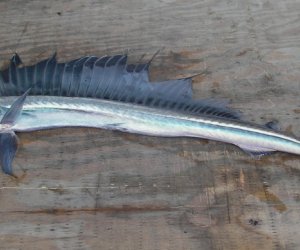

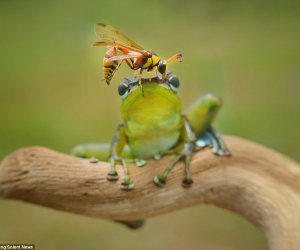
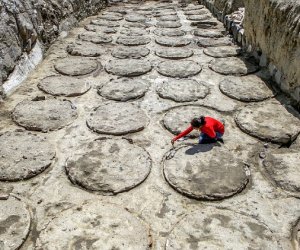
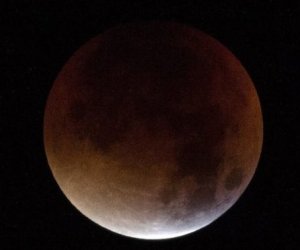

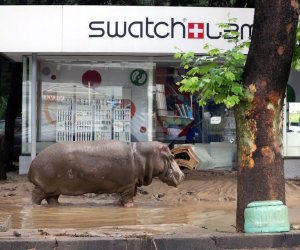



 Photo
Photo 



 Video
Video 

